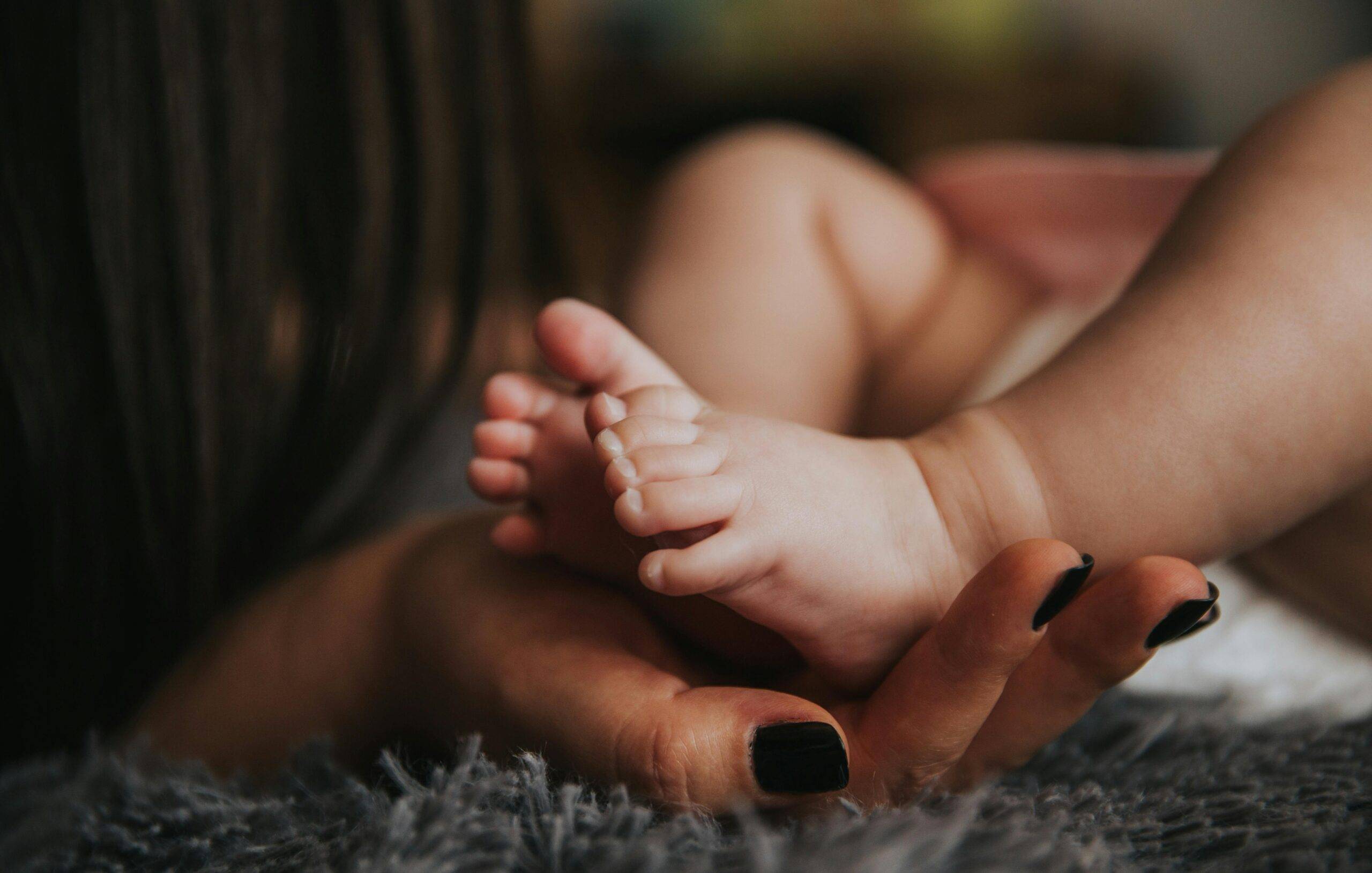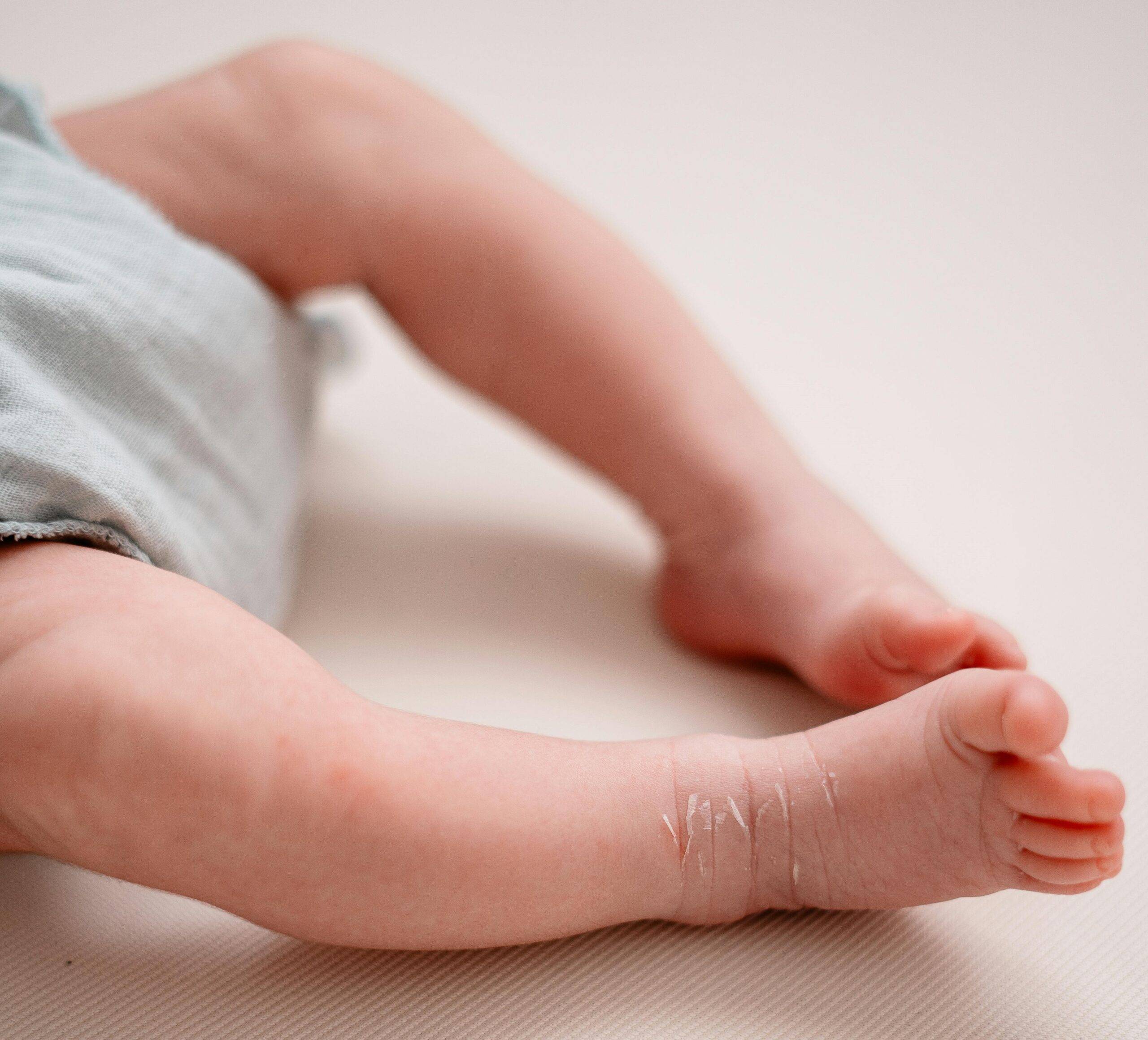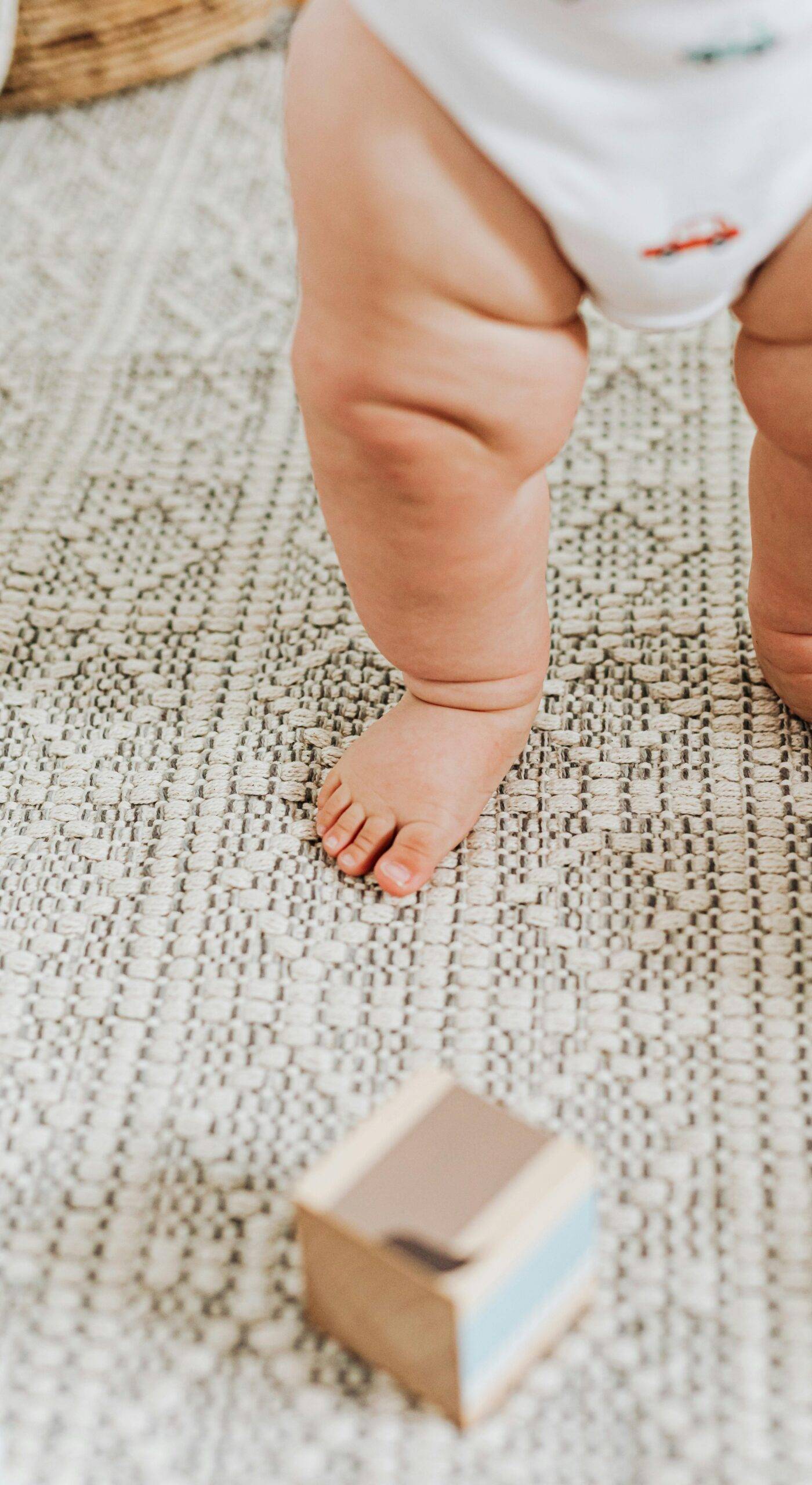Yeast diaper rash can be incredibly stubborn, leaving your sweet baby uncomfortable—and it can feel heartbreaking when regular remedies don’t work.

While antifungal creams are usually essential, gentle home care practices can provide quick soothing relief and support the healing process while you wait for—or alongside—medical treatment. Yeast diaper rash is caused by a fungal overgrowth (specifically Candida yeast).
This post is here to guide you gently and warmly through natural, safe ways to care for your baby’s skin from yeast diaper rash. Just remember: these remedies are supportive, not substitutes for medical care when needed.
Understanding Yeast Diaper Rash
What Causes It?
When Candida albicans (a type of fungus or yeast) multiplies too rapidly in the warm, moist environment under a diaper, it causes yeast diaper rash. It’s caused by an overgrowth of the fungus Candida, a type of fungus that loves warm, damp places.

How It Looks and Feels
Look for when it comes to yeast diaper rash:
- Bright red patches covering most of the diaper area
- Satellite lesions: little red bumps near, but not touching, the main rash
- Redness or rash in skin folds, like the groin and under thigh creases
- Itching, burning, or discomfort—your baby may fuss or squirm during diaper changes
This differs from a typical diaper rash, which tends to be dull pink or red and flat, without those little satellite spots.
Why Medical Help is Usually Needed
Sadly, home remedies alone rarely beat yeast infections. These rashes often need antifungal creams (like clotrimazole or nystatin), prescribed or recommended by your pediatrician. Think of natural care as the gentle support crew—while your pediatrician’s treatment is the main star–that’s yeast diaper rash!
Supportive Home Care Practices 🌿
These gentle tips can help make treatment faster and keep your baby more comfortable in yeast diaper rash:
1. Maximize Diaper-Free Time
Let your baby go diaper‑free for safe, supervised intervals—maybe during naps or storytime.
Why it helps: Air dries the skin, reducing the dampness that yeast craves.
2. Frequent Diaper Changes
Change diapers every 1–2 hours during waking hours and right after bowel movements.
Pro tip: Swipe gently with plain water using a soft cloth or squirt bottle. Avoid wipes with alcohol, fragrance, or harsh chemicals.
3. Gentle Cleaning & Drying
- Use lukewarm water only—no soaps or wipes with alcohol/fragrance
- Pat the skin dry thoroughly or let it air dry fully before putting on the next diaper
- Don’t rub—rubbing can irritate delicate newborn skin
4. Coconut Oil
Coconut oil contains natural antifungal components.
- Apply a thin layer after antifungal cream if prescribed
- Also use on non‑rash days to provide a moisture barrier
This supports treatment but isn’t strong enough alone to clear yeast diaper rash.
5. Baking Soda Baths
Add 1–2 tablespoons of baking soda to lukewarm bathwater.
- Helps soothe and neutralize skin pH
- Soak your baby for 5–10 minutes, then gently pat dry
Use this remedy sparingly for yeast diaper rash—once daily only.
6. Probiotics (Oral)
A healthy gut can help balance yeast overgrowth.
- Talk to your pediatrician about giving your baby a daily probiotic
- For breastfeeding moms, taking probiotics may also help
7. Cornstarch? Only With Caution
Although cornstarch can keep skin dry, it may feed yeast.
- Recommendation: Avoid cornstarch if yeast is suspected or confirmed
- Instead, use breathable fabric diapers and diapers made to wick moisture
What to AVOID
Protecting your baby’s skin means avoiding anything that can make the rash worse:
- Don’t rely only on plain zinc oxide creams—they won’t kill yeast.
- Skip cornstarch powders, as they can worsen yeast growth
- Avoid harsh soaps, fragrances, and alcohol-containing wipes
- Never rub or scrub the rash—patting dry is gentler
When Medical Treatment is Necessary
Yeast diaper rash almost always needs antifungal cream. Pediatricians might recommend or prescribe products like clotrimazole or nystatin; Lotrimin (clotrimazole) can help, but only under a pediatrician’s advice.
Yeast Diaper Rash: Combining Home Care With Antifungals
- Clean gently, ensure skin is completely dry
- Apply prescribed antifungal cream (usually 2–3 times daily)
- After the cream absorbs, apply a thin layer of coconut oil for added barrier
- Let baby go diaper‑free when possible
- Continue until the full course is finished—even a few more days after the rash clears
When to Contact Your Pediatrician 🚨
If yeast diaper rash is suspected, take action if you notice any of the following:
- Rash doesn’t improve after 3 days of antifungal and home care
- Signs of infection: pus, swelling, fever, yellow crusting
- Severe discomfort: if your baby cries constantly during diaper changes
- Spreading rash beyond the diaper area
- Baby develops fever or isn’t eating well
- Recurring rash: same spot inflaming again and again
Examples from Omega Pediatrics include
- Persistent redness in folds and no improvement with standard creams
- Satellite lesions and beefy redness = strong signal for yeast infection
Putting it All Together: A 7‑Step Daily Shield
Here’s a quick “How To” refresher list:
- Air Time: Let your baby go diaper-free as much as safely possible
- Change Often: Every 1–2 hours, and after poops
- Clean Gently: Use lukewarm water, pat—don’t rub
- Dry Fully: Air dry or pat completely before new diaper
- Treat: Follow your pediatrician’s directions for antifungal cream
- Barrier Boost: Use coconut oil after antifungal treatment
- Soothing Soak: Optional baking soda bath once daily
And—AVOID plain zinc creams, cornstarch, harsh wipes or soaps, and rubbing.
Why These Remedies Work
- Air & dryness fight yeast’s favorite environment
- Gentle care prevents further irritation
- Coconut oil has mild antifungal properties
- Probiotics may help restore a healthy microbial balance
- Baking soda baths soothe and reduce irritation
Every step supports your baby’s comfort and raises the odds of fast healing.
❤️ Pep Talk for Parents: You’re Not Alone, and You’re Doing Amazing
Seeing your baby in distress—even from something as common as diaper rash—can pull at your heart. You might feel frustrated, worried, or even a little helpless at times. But here’s the truth: you’re doing a fantastic job.
You’re paying attention. You’re reading, learning, and taking action. And just by being here, you’re showing your baby so much love and care. That matters—a lot.
These Remedies Help More Than You Think
The natural home remedies we talked about—like gentle cleaning, air time, and soothing baths—may seem simple, but they’re powerful tools. They don’t just support healing. They make your baby feel more comfortable, safe, and cared for.
When you pair these with your pediatrician’s antifungal treatment, it’s like creating the perfect healing team.
- Your baby gets the right medical care.
- Their skin gets extra love and protection from you.
- The rash gets stopped in its tracks.
- And your baby gets back to their happy, bubbly self faster.
Stick With It—Consistency Is Key
Even when the rash starts to look better, don’t stop the routine too soon. Yeast can be sneaky—it hides in skin folds and might flare up again if you stop treatment early. So, trust your process:
- Stick to your pediatrician’s plan
- Continue the gentle care at every diaper change
- Celebrate the little wins—like a calmer diaper change or less redness
Every small step is progress.
You Are the Calm in Your Baby’s Storm
Your voice, your touch, your patience—they are everything to your baby. Even when they can’t say it yet, they feel the safety you give them. And if you ever feel unsure? That’s okay too. Parenting isn’t about being perfect—it’s about being present. It’s okay to call your pediatrician with questions. It’s okay to ask for help.
You’re never alone in this. You’ve got support. You’ve got the tools. And most importantly—you’ve got the heart. So take a deep breath, give yourself credit, and know this: Your baby is lucky to have you. Keep going. You’re doing better than you think, and healing is just around the corner. 🌈👶💕
Give Your Baby Compassionate Home Care for Yeast Diaper Rash
Yeast diaper rash can be frustrating—but with informed, gentle home care and the right medical treatment, your baby can be comfortable again soon. The home remedies are supportive— they help comfort your baby, protect their skin, and assist healing.
But when it comes to clearing a yeast diaper rash, the main treatment is almost always an antifungal cream recommended by your pediatrician. Think of it like a team effort:
- The antifungal cream is the superhero doing the heavy lifting to stop the yeast.
- The home remedies are the helpers—keeping things calm, clean, and comfy so the superhero can do its job better and faster.
💡 Pro Tip: It’s very important to use the cream exactly as directed, even if the rash starts to look better in a day or two. Yeast can hide deep in the skin folds, and if you stop treatment too early, it might come right back. Stick with it for as long as your pediatrician says—even a few days after the rash disappears.
Your pediatrician is your partner in this. Never feel shy about calling them with questions—they’re there to help you feel confident and keep your baby healthy.
💖 You’re Doing a Great Job!

Seriously—yeast diaper rash can be frustrating, messy, and a little scary, especially when it doesn’t go away with regular creams. But your attention to your baby’s comfort, your willingness to learn and try new solutions, and your commitment to good care mean you are rocking this parenting thing.
Every diaper change, every extra wipe, every moment spent making sure your little one is clean and comfy—it matters. Your baby may not be able to say it, but they feel your love and care in every touch. So hang in there, keep following your care routine, and trust your instincts.
With the right mix of medical treatment and supportive home care, your baby will be smiling, giggling, and diaper rash–free in no time. You’ve got this! And we’re cheering for you every step of the way. 💪👶✨



